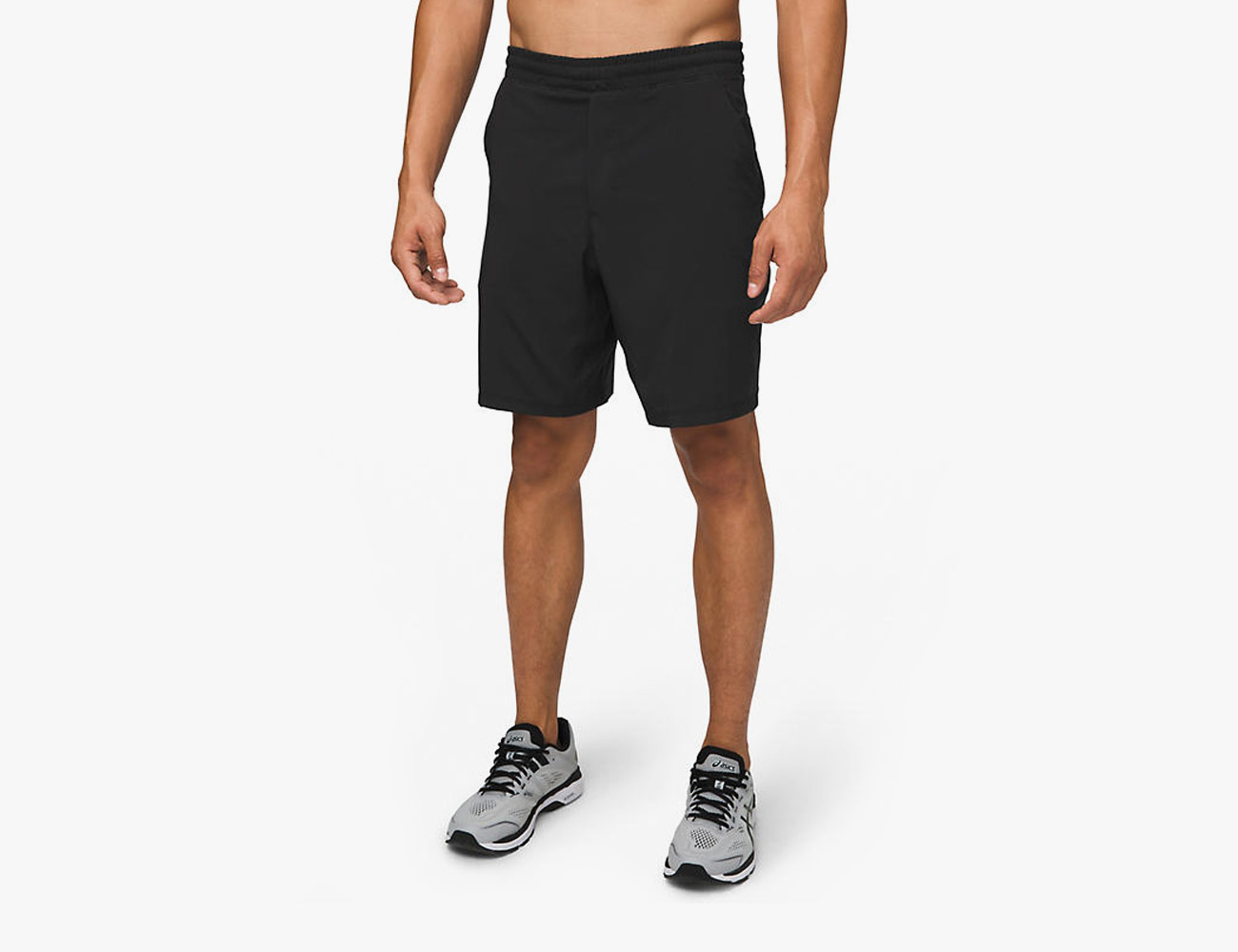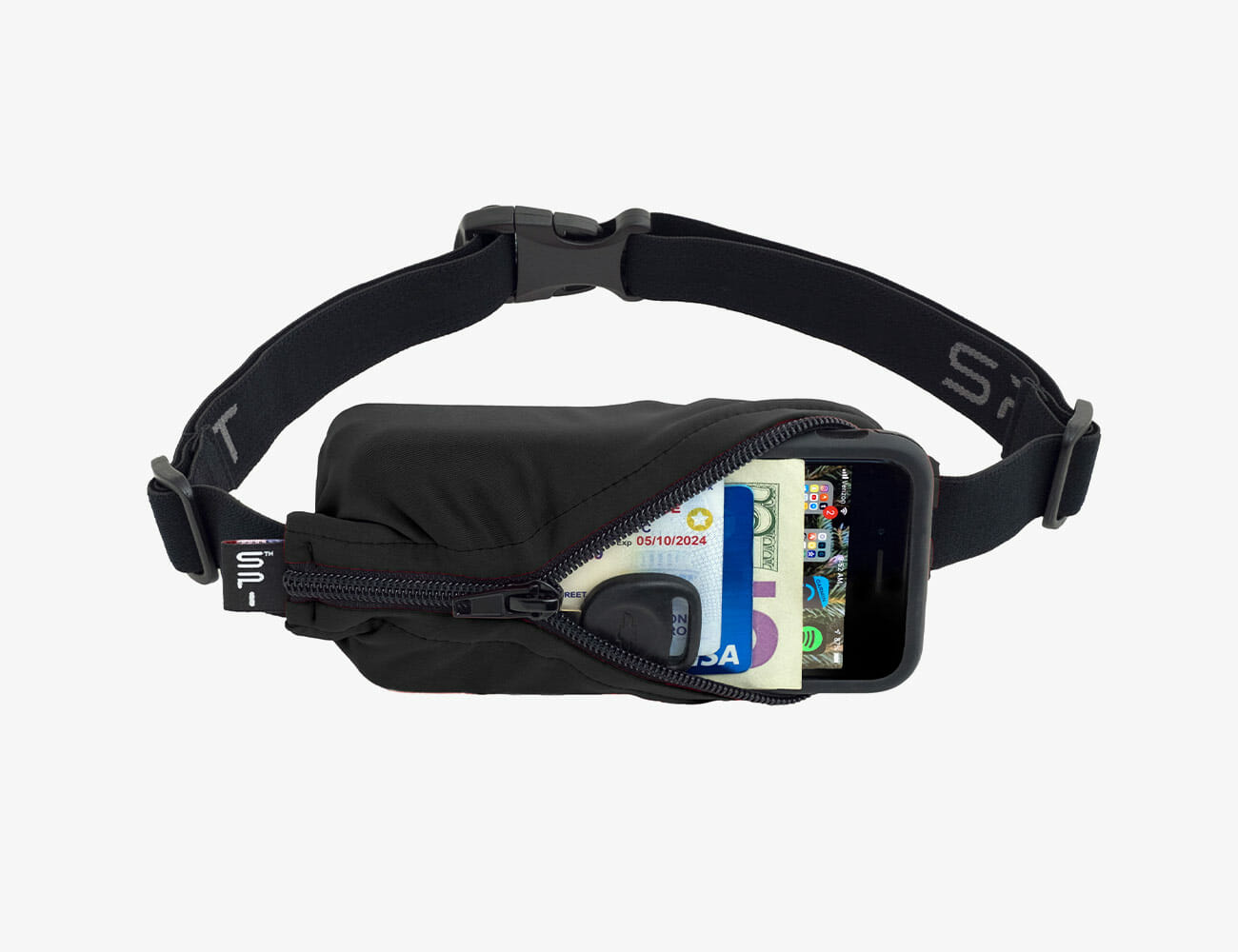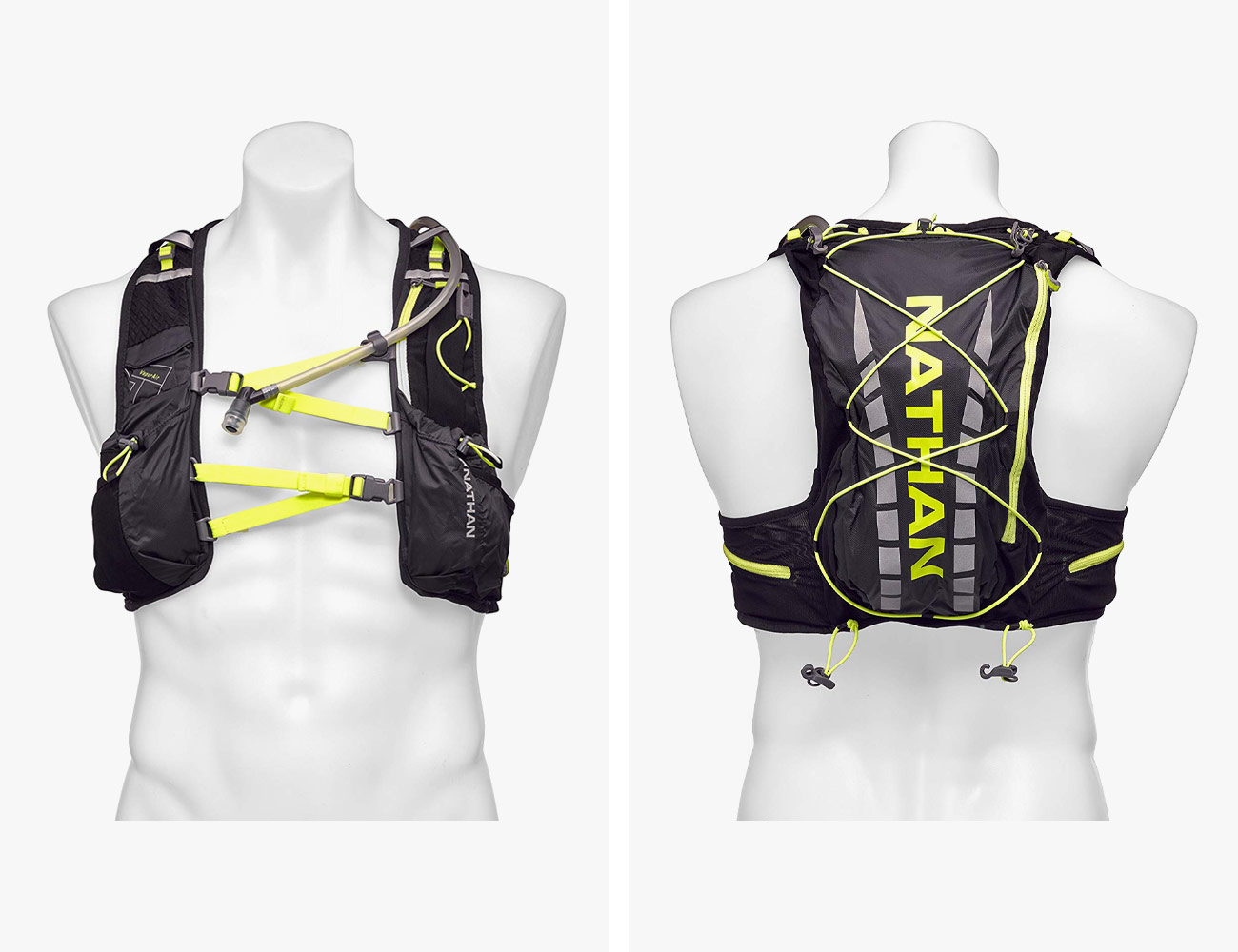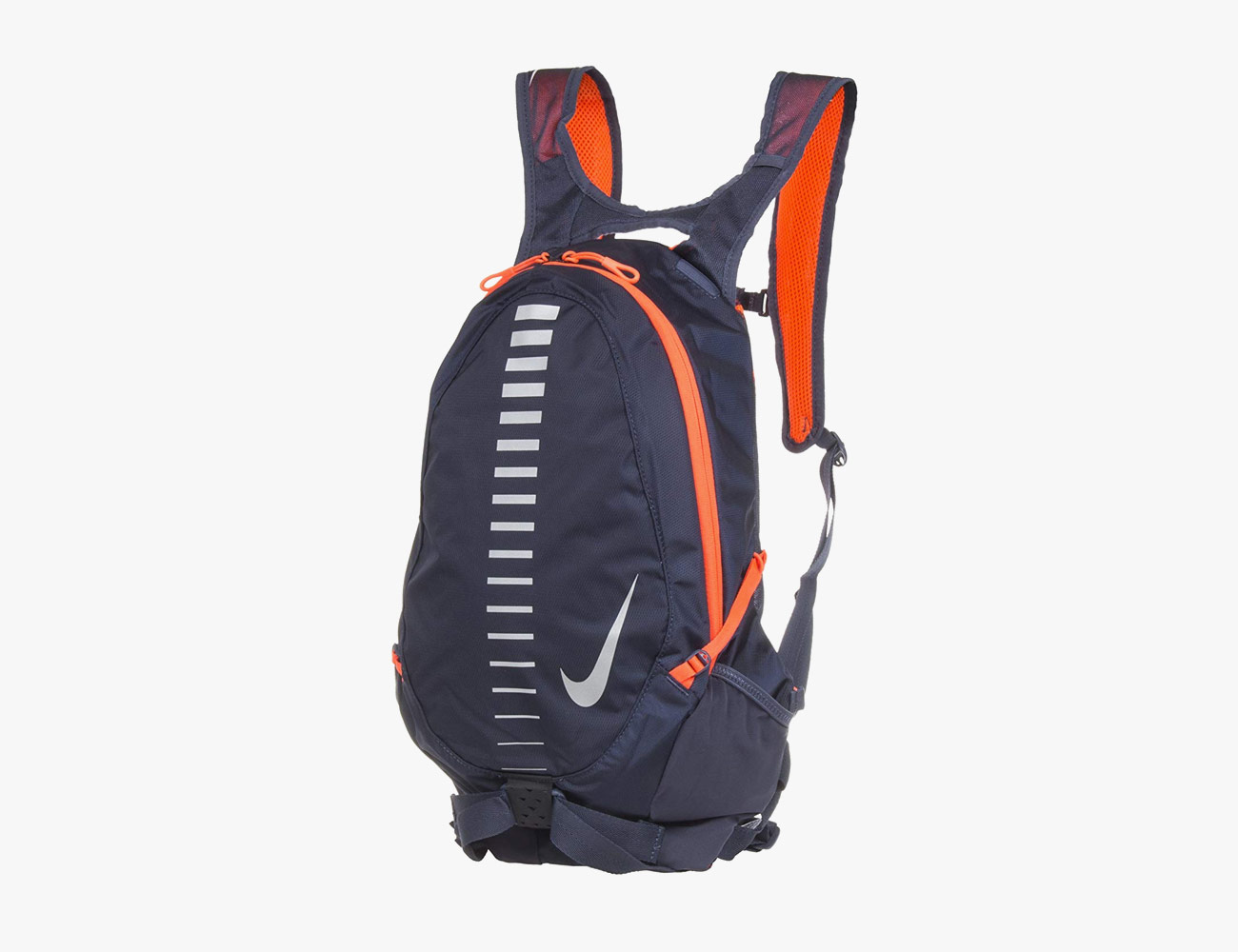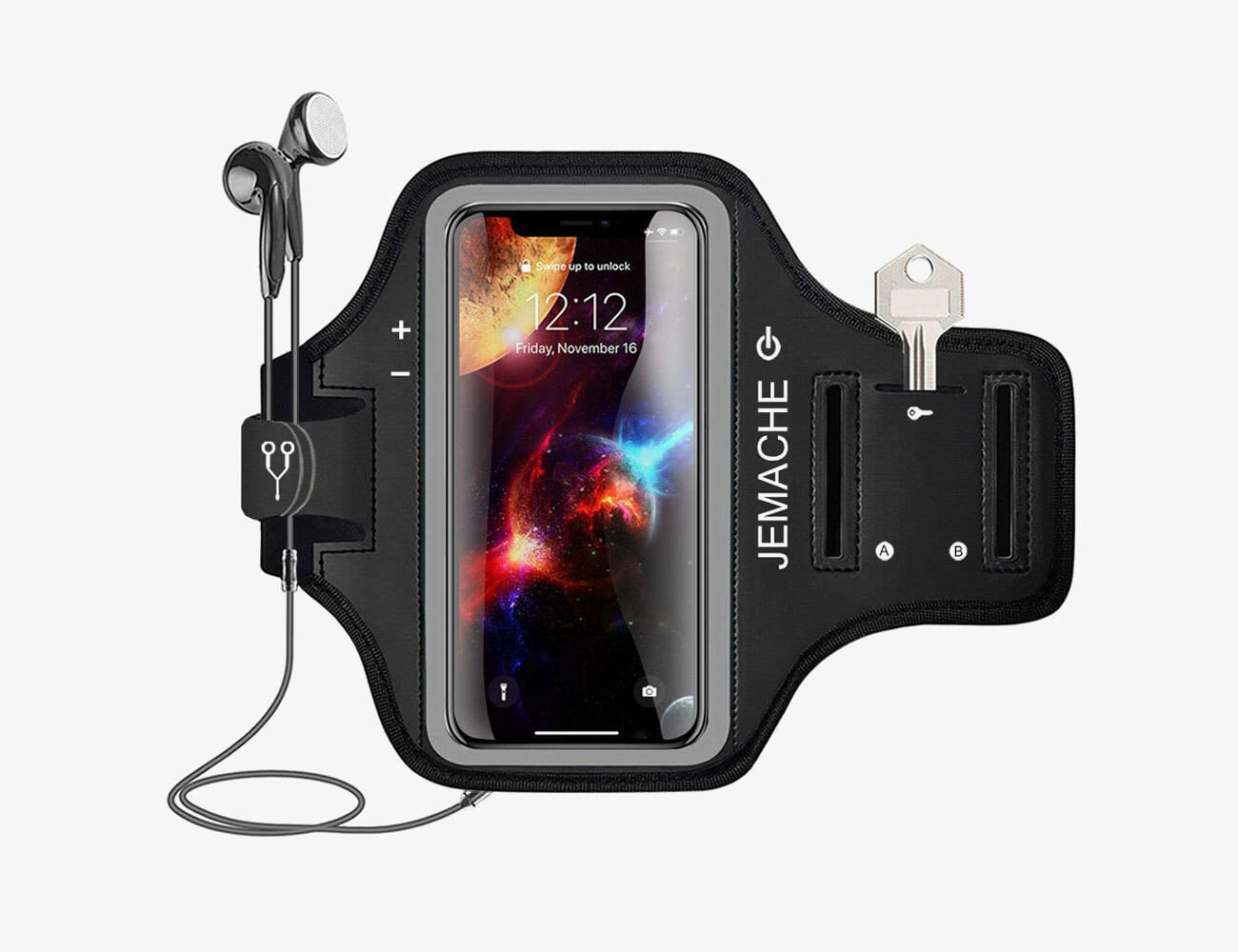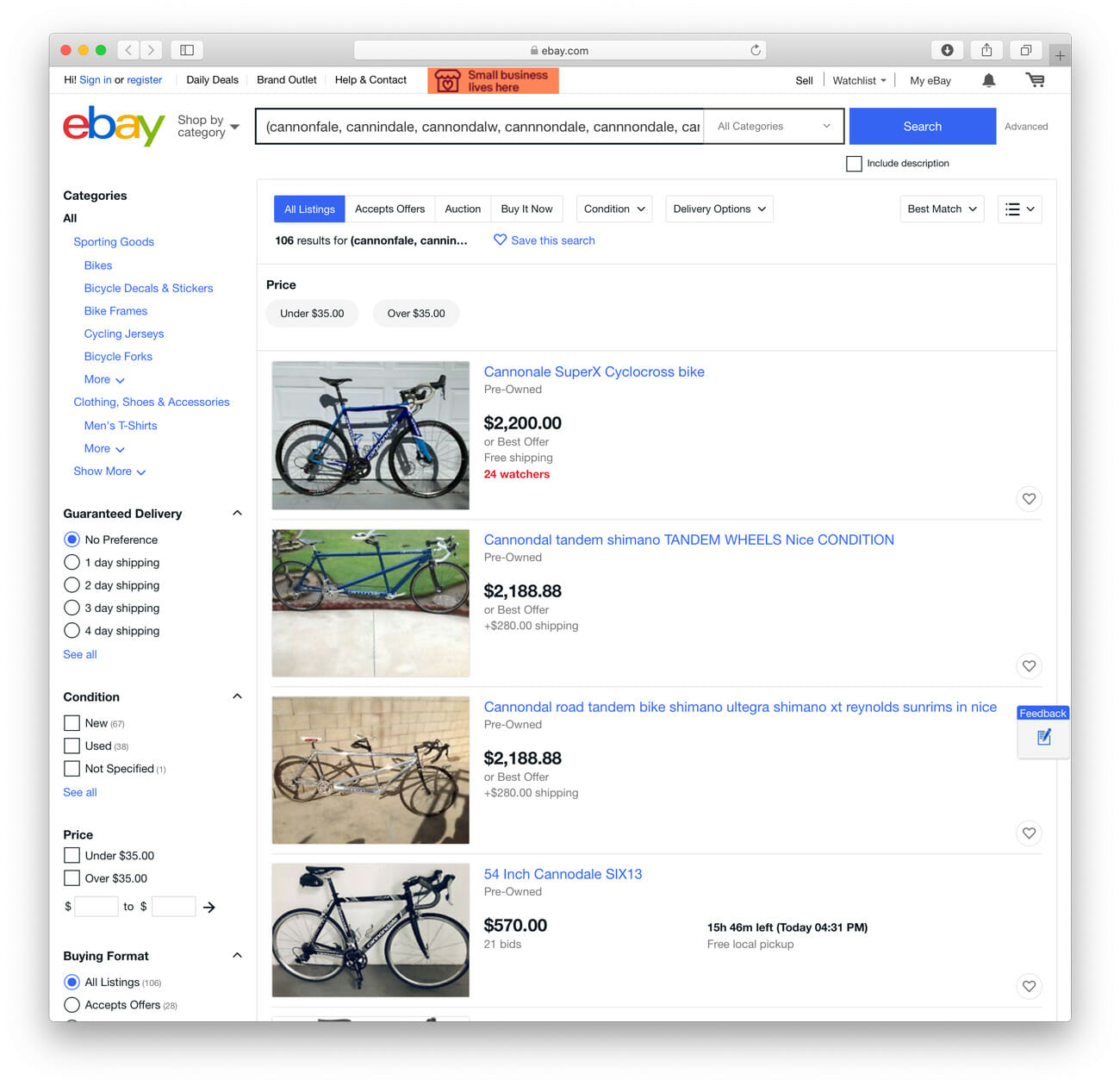The beauty of running is that you don’t need fancy gear to do it: just a good pair of running sneakers, maybe some headphones and you’re off. But we live in an era where we can’t part from our phones, even on the run — how else can you track your mileage, navigate unfamiliar running paths or snap a good run selfie? Even purists often carry their phones in case of an emergency.
If you’re going to bring your phone though, the worst thing you can do is hold it in your hand. There are two reasons. For one, proper running form calls for loose, relaxed hands and clenching a phone in your fist wastes energy. Secondly, holding the extra weight on one side of your body (yes, even just a few ounces!) is a recipe for imbalances and asymmetries that could lead to injuries.
So where do you put it? Fortunately, the more reliant we become on our devices, the more products pop up to help us deal. Rather than sift through hundreds of those items, we tapped expert runners who shared what they do with their phones when they’re out putting in miles.
Lululemon Pace Breaker Short
Stashing your phone in a pocket may seem like a safe bet when it comes to your jeans, but not all running shorts are built to withstand the bounce of a heavy phone in a loose pocket. “These Lululemon shorts fit my iPhone X perfectly — the shape of the pocket is the same exact shape of my device, and I can still fit credit cards, cash and my keys,” says John Honerkamp, founder of RunKamp and an RRCA- and USATF-certified running coach who’s worked with celebrities and professional athletes like Karlie Kloss and Apolo Ohno. The shorts are made from a lightweight, four-way stretch, sweat-wicking fabric and the phone pocket even has a cord exit.
The Original Spibelt
“For me, it comes down to not having anything bouncing around my waist that affects my gait,” says Matt Nolan, a master instructor at Barry’s Bootcamp in New York City and RRCA-certified run coach. As light as phones are now, having one slapping your lower back or the top of your legs can be distracting and prohibit you from running naturally, which opens you up to injury. “I swear by the Spibelt — it’s the best because it’s super stretchy and can fit any size phone, keys, cash and cards while having loops for gels and being tight enough that it won’t bounce around as you run.” Made from stretchable Spandex and comfortable elastic waistbands, Spibelts are a staple at any race expo, are totally affordable, and come in various sizes depending on what kind of phone you’re toting.
Nathan VaporAir Hydration Pack Running Vest
“The best solution I’ve found is to run with a lightweight running pack or vest; I’ve been using the Nathan VaporAir pack,” says Thomas Watson, head runner at Marathon Handbook and a UESCA-certified running coach. You can use it with or without the hydration bladder, and Watson notes, “If I don’t use the bladder, I just slip my phone in the back pouch instead so the weight is evenly distributed across my shoulders and doesn’t affect my running form. If anything, it gently encourages me to roll my shoulders back, which promotes good form.” But the front pockets are especially accessible, so you can grab your phone whenever you need it.
Nike Run Commuter Backpack
Sometimes, it’s not just about carrying your phone. “When I run in New York City, I frequently need to travel with my phone, keys and post-run clothes because I’m usually not returning home immediately,” says Steve Finley, a Nike Run Club coach in New York. “So I need something that’s capable of holding belongings and comfortable enough to wear running for a good chunk of miles. The Nike Commuter nails both of these needs, plus it provides ample storage space for a full day of activities, and, when tightened on my back, rides high and tight enough between the shoulder blades that I can sometimes forget I’m even carrying a pack.
Jemache Arm Band Case
“The armband was one of the OG ways to stash your phone on your run. I currently use the Jemanche armband — it allows access to the front camera for logging in without taking the phone out of the armband,” says Billy Ferguson, a triathlete and founder of Trivelo, a sports product testing company. The size of your arm — and your phone — play a big part in what armband will work for you, though. “With an armband, it’s best to try before you buy to ensure the circumference of the band matches your bicep,” he says. “Also, consider the quality of the armband—lower quality armbands can have rough edges, which can result in chafing and discomfort.”

